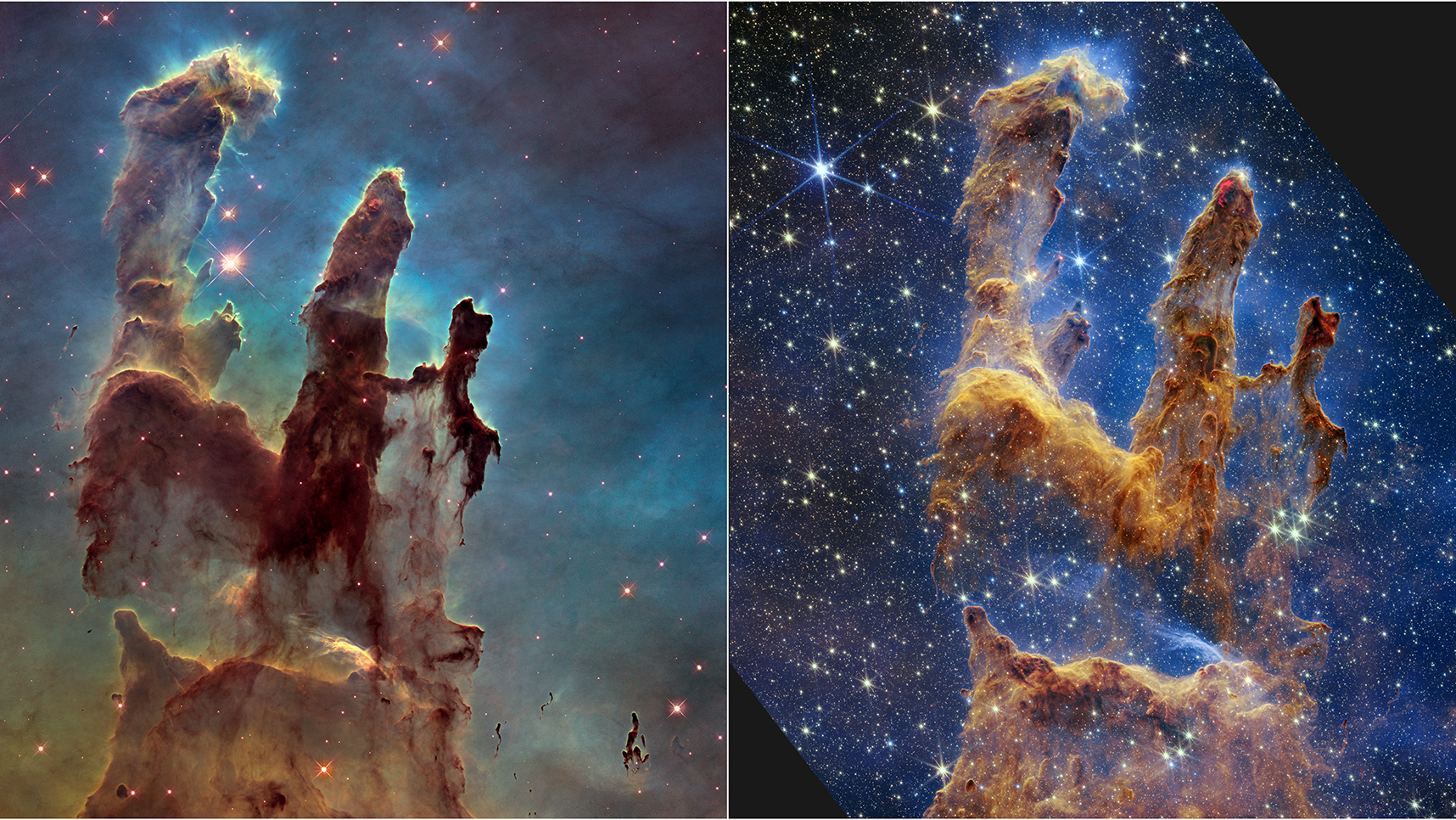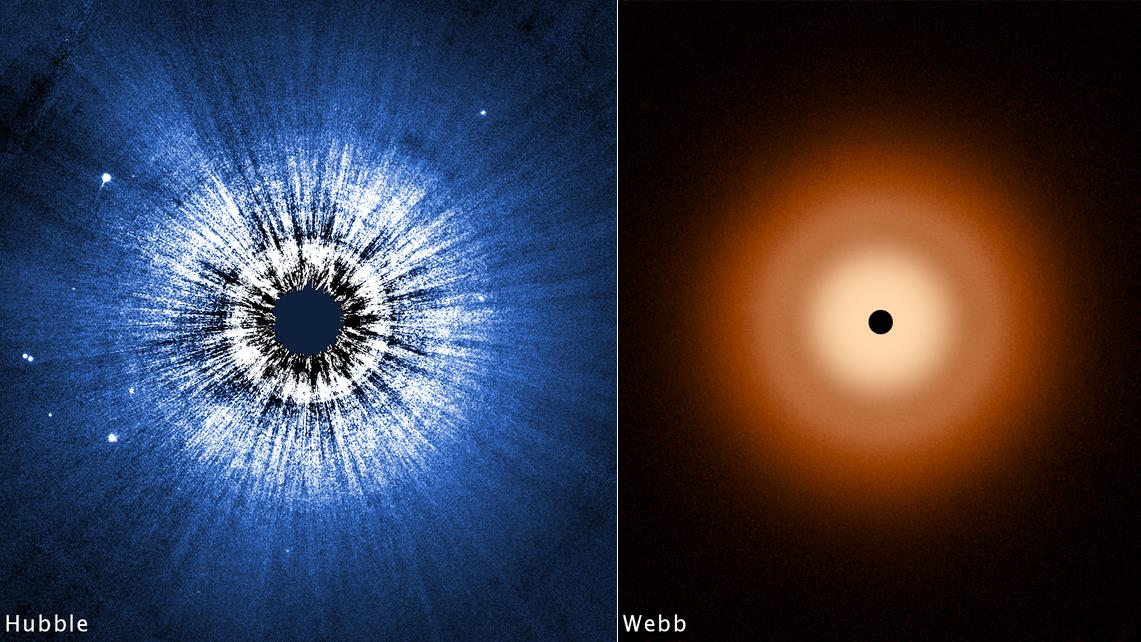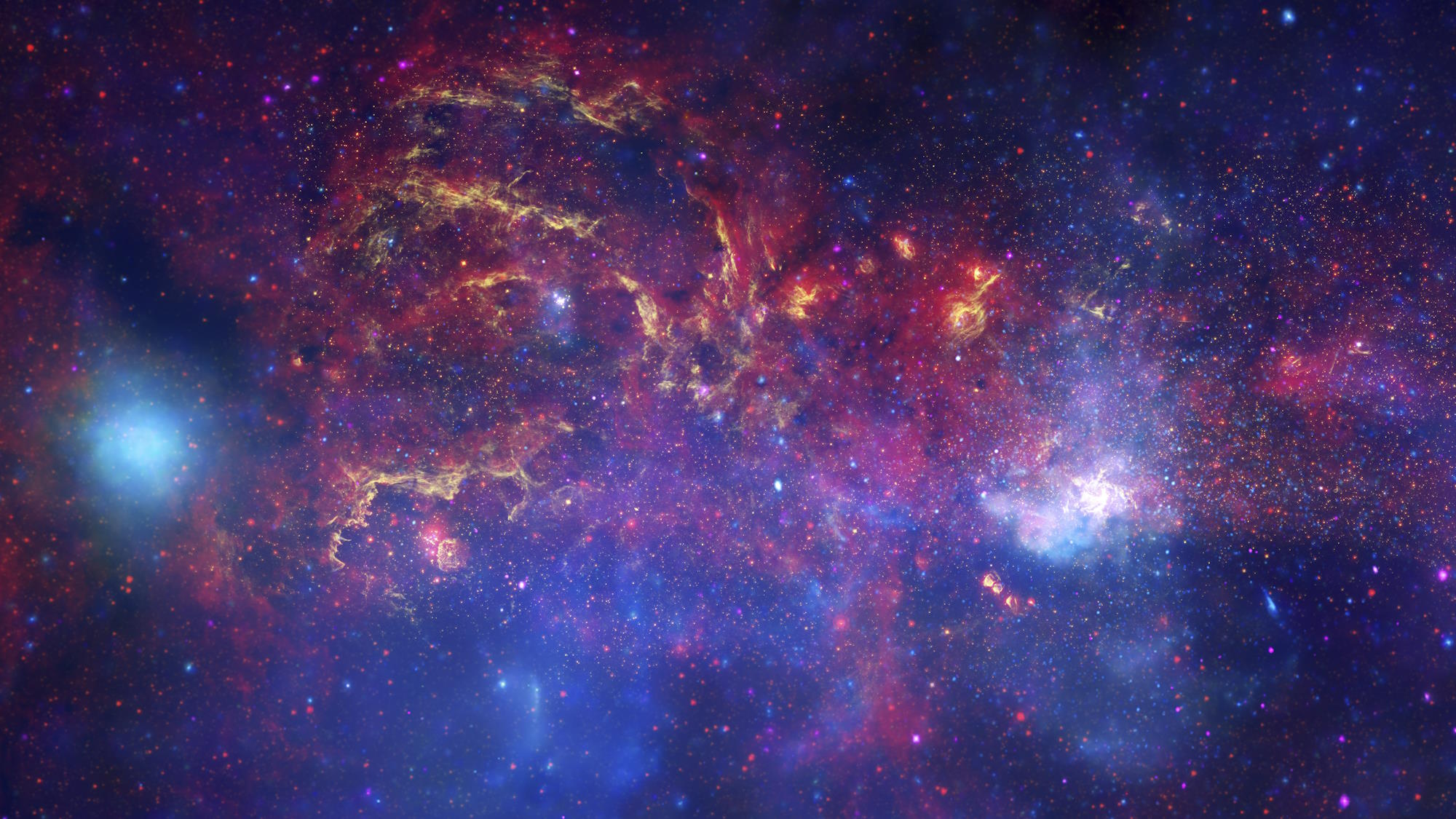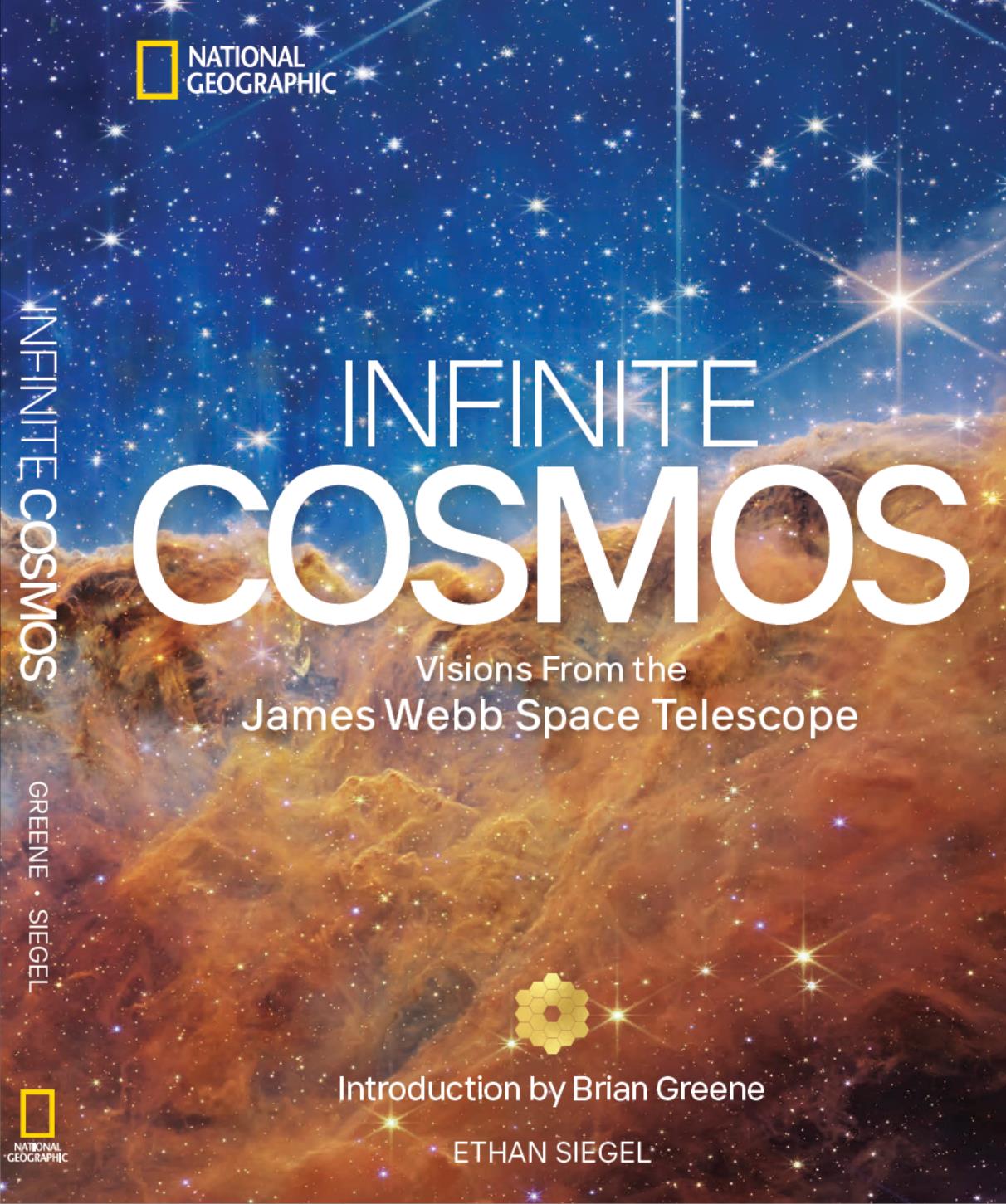Heidi Hammel’s team of scientists put the Hubble Space Telescope “back on the map” when they captured the dramatic collision of Comet Shoemaker-Levy 9 with Jupiter. Hubble performed “beautifully, flawlessly, and we got spectacular images.”
Question: What was your involvement with the Hubble Space Telescope?
Heidi Hammel:When Hubble was launched, it became clear very shortly thereafter that there was a problem with the optics. The mirror was not quite the right shape. And the one program that I had really been looking forward to doing with Hubble was studying outer planets in our solar system, the planets Uranus and Neptune. And they’re so far away. Even though they’re big planets, they’re so far away that they’re really, really challenging and hard to see. And it was clear that with the optics not quite up to snuff, we couldn’t really do these planets. So I didn’t propose for the first couple of years that Hubble was up. But then there was a servicing mission where they put in some new optics. Basically they put in like a pair of glasses, if you will, on Hubble. And so I had proposed a program to use Hubble to look at the planet Neptune. But before that could happen, someone discovered a comet, Comet Shoemaker-Levy 9, and it was in orbit around Jupiter. And I remember thinking, “So what?” Comets are like little balls of ice. Jupiter’s a huge planet. Nothing’s, you know, it’s not a big deal. They discovered the comet was going to hit Jupiter, you know. It’s like, well, so what? Nothing’s going to happen. But there was a guy down the hall from me at MIT, Tim Dowling, and he did this really high falutin’, super computer model type stuff of atmospheres. And he did models of what would happen to Jupiter’s atmosphere when the comet hit it, and his models predicted it would make these big ripples and rings, sort of like if you threw a rock in a pond, you’d see these rings expanding from where the rock hit. And he said, “Well, Heidi, can you write a proposal to use Hubble to look for these rings?” And I said, “Well, yes, sure, Tim. I mean, I know how to write a proposal. I’m good at that.” So I wrote a proposal to use Hubble to look for these expanding rings that he had predicted. And a few weeks went by, and they read the proposals. And I got a phone call, and they said, “Heidi, we picked your proposal as one that we’re going to do. And we picked six others, and we’d like you to be the principal investigator, the team leader, and combine all these proposals into one program.” And I said, “Oh, me? Okay. Well, let me think about it and get back to you.” That’s a standard response that blue grass musicians use when they’re asked for a gig. “Let me get back to you on that. I’ll check my calendar.” So I thought about it for like a day and a half, and you can’t say no. I mean, here they’re asking you to use the Hubble Space Telescope, even though I’d never used it before, because my other program hadn’t happened yet. So my very first program was this huge event that we didn’t even know if anything was going to happen, very risky. There I was about to use Hubble and my personal opinion, before the event happened, was that nothing would be seen. Kind of embarrassing if you’re thinking of doing 30 orbits of Hubble time, and you’re not going to see anything, but you have to take a chance every once in awhile. One of the things I’ve learned that has made me very successful, I think, as a scientist in general, sometimes you just have to take a chance. Got to for it even if you don’t know what’s going to happen. So I did. It turned out to be spectacular. We had the best view on earth or space of these impacts. Hubble performed beautifully, flawlessly, and we got spectacular images of these black impact sites where these comets crashed, those comet fragments crashed into the cloud tops of Jupiter. It was just absolutely amazing. And everyone on earth could see the spots. Even with like a little, tiny toy telescope from Sears, you could see these black spots on Jupiter, but then you could see our Hubble images, which were clearly fantastic images. We really put Hubble kind of back on the map, and it was a fantastic thing to do.





